How To Add Read More In Oceanwp Blog
Once upon a time, you wrote an article. It was a good one. It took you four and a half hours, required a ton of research, and maybe cost you a very late night. After you wrote the article, proofread it, edited it, added images, and published it, you felt good about yourself. Clicking the "publish" button gave you a huge sense of satisfaction. Then, you sat back to wait for the accolades, the reads, the shares, the engagement, the fame. Let me interrupt this fairy tale with a cold, hard fact. Most of the people that see your article won't read the whole thing. All that awesome content you wrote? Yeah, a lot of people aren't even going to read past the headline, fewer still are going to scroll below the fold, and a precious remnant will go through the pain of making it all the way to the end. How do you feel now? The Internet is full of statistics that prove people aren't reading your entire articles. Take this Slate article by Farhad Manjoo, for example. Apparently, 13,000 people shared it, but didn't read it. Or take this cheery headline from The Verge : True to Jeffries's prediction, the article garnered over 12,000 shares. But how many people actually read the article? Meh. Prolly not a whole lot. The stats presented in these articles aren't all that inspiring. Here's the data that they talk about. One glance at the graph below and you can see that a paltry few will view an entire article. That leaves maybe your best friend and loving relatives who are scrolling to the end of your posts: But what about all those tweets? Don't get too excited. Chartbeat's research demonstrates that there is "little correlation between Twitter activity and article completion." Upworthy had a similar depressing scientific analysis of shares vs. reads: Jakob Nielsen, the venerable godfather of internet research, told us way back in 2008 that most users read about 20% of the words on a page . And in today's content marketing world of 1,500+ articles (like this one), we're surprised if people get that far. Sorry to disappoint you. When you look at the data, you might feel like all the time and money you spend on blogs is a glorious waste. Smart people have tried to explain why people don't read all the content. Here are three possibilities, each ventured by Slate. Maybe all these things are true. I can personally attest to my difficulty of focus, my need to skim, my busy life. But if an article is relevant enough and good enough, I'm going to read the whole thing -- which brings me to the optimistic section of this article. As a writer, I've held back some important information until this critical point. Statistically speaking, this is the golden spot in the article at which I've lost all the disengaged readers, and am speaking only to a coterie of engaged learners. (Hi, guys. Thanks for sticking with me.) Even though many articles are skimmed and shared by hypocrites, quitters, and dirty cheaters, there are a few chosen ones who will read the whole thing.These are your engaged users. They're the only ones that really matter anyway. Let's go back to some data shared by Slate: This thermometer measures the engaged readership of Slate articles, which is pretty good. Let's say this was your site. The red-hot spot in the middle of your article are the people who really love you -- the people who are intensely engaged in the article. You should be speaking to them. Interested people will read your article.And that begs the question -- How do I make them interested? Keep reading, because you're about to find out. First off, you're not going to get everyone to read the whole post. That's okay. You really should care about the engaged users . These are the people that truly matter. I have five recommendations for keeping users engaged to the very end of an article. Derek Halpern discovered that when you lead off with an in-line image, people are more likely to start reading your article. If they start, hopefully, they won't stop until the end. Here's how he described it. "When people make snap decisions about text, they prefer fewer characters per line (CPL). The half-width image shortens the line length of the opening -- fewer CPL -- thus enticing people to read because it caters to their preferences." If you do that, people will read even more. Here's Halpern again on the subject: "If you get people to read your first 3-4 sentences, they're more liekly [sic] to read your entire article." Here's his diagram showing how to properly start off a post (click here to check out the full version): Alex Turnbull discovered that an article with a narrative introduction -- a story -- has nearly 300% higher time full-page reads, and 520% higher time spent on page. Tell a story, and you'll get people to read. This ancient practice holds sway in modern marketing. People love stories, regardless of their age, background, intellect, and beverage preference. Stories activate our neural system in a unique way. By listening to or reading a story, we feel the same sensations that we would feel if we were experiencing the storied event in real life. We love stories. My writing at Quicksprout is full of stories. I try to tell true stories from my personal experience that help readers solve a problem, overcome a challenge, or aspire to greater success. Here are some of the articles that tell a story: Users are going to completely shut you out if they encounter a solid wall of text. To keep them flowing through the article, you need to break it up using principles of visual hierarchy. "Visual hierarchy" sounds more complicated than it actually is -- it's basically using design to give order to your content. Look at this image, and you'll understand immediately how to do this: Hierarchy makes a huge difference in whether people read text or not. Which of the following would you rather read? You'd read the second, right? To create visual hierarchy, use the following features in your article. Just as a user's eyes need to follow the visual hierarchy, so do their minds need to follow the flow of the article. Though not as obvious, this principle is just as important. If you want visitors to read through the whole article, they need to understand what's being said. The content must flow logically. Here is a simple four-step process to creating a conceptual hierarchy in all of your articles: Now, for my final point. Length doesn't really matter. Some people think that blogs should be really short. Some people think they should be really long. The truth, as usual, lies somewhere between the two extremes . Longer content is positively correlated with higher share statistics and backlinks. But don't stress out about word count. Instead, focus on communicating your point regardless of how many words it takes. Remember how I started out this section? I wrote, "You're not going to get everyone to read the whole thing. That's okay. You really should care about the engaged users. These are the people that truly matter." This principle holds true on the issue of content length. Your engaged readers will read your content, no matter how long or short it is. You either read this whole 1,500+ word article, skimmed it, or just popped in at the end to see how it concluded. Whatever choice you made, I'm going to reward you by reiterating my most important points. To help people read your entire article, do the following five things: Remember, lots of people aren't going to read the whole thing. And that's okay. Some people will read the whole thing. That's your audience. Write for them. What techniques do you use to help people read your whole article? Image credits:Slate, Buffer, Webdesign.tutsplus.com The bad news: People don't read your whole blog post.
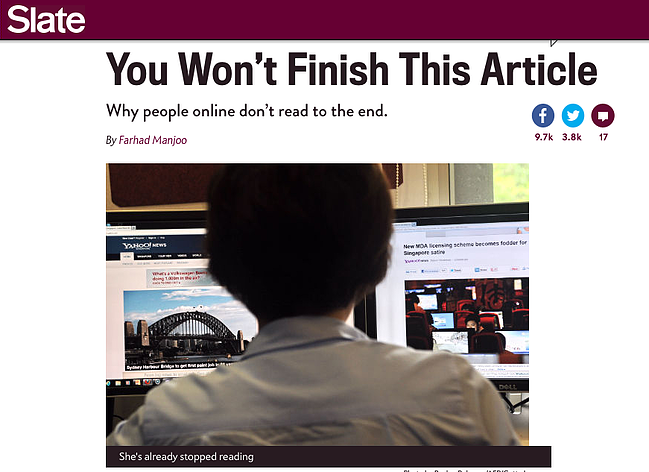
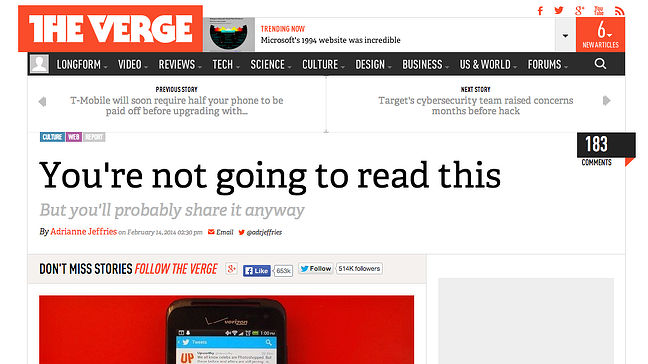
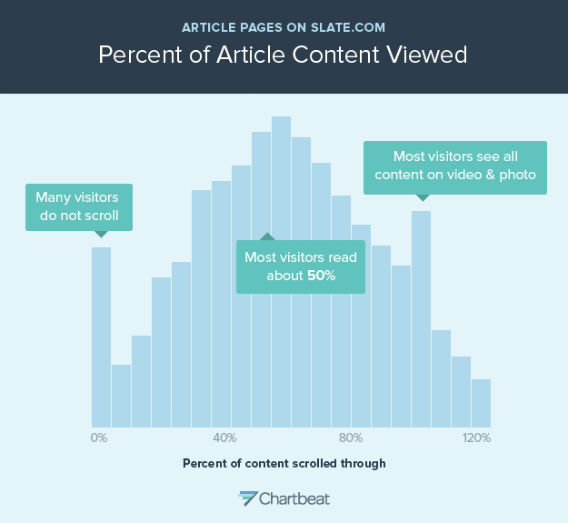
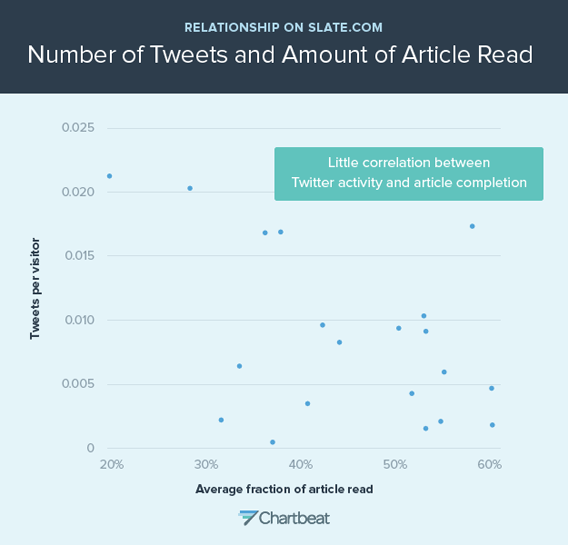
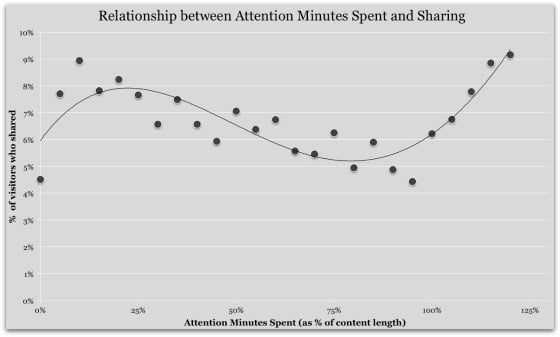
Here are the facts about how people actually read:
What's the problem with people?
Now, here's the good news.
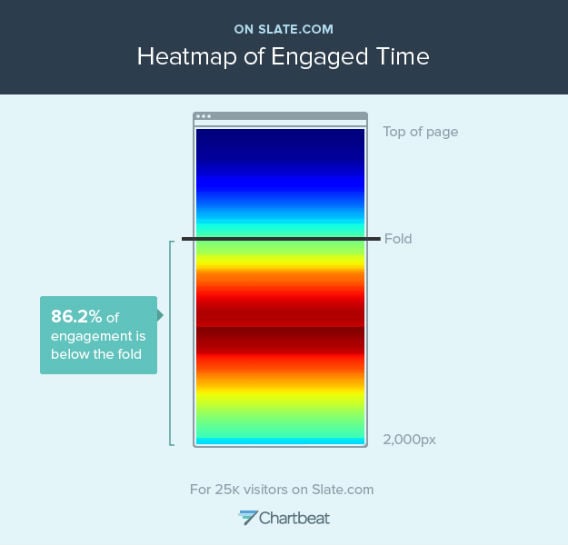
The Secret of Engaged Readers
1) Draw them in with an image.

2) Tell a story.
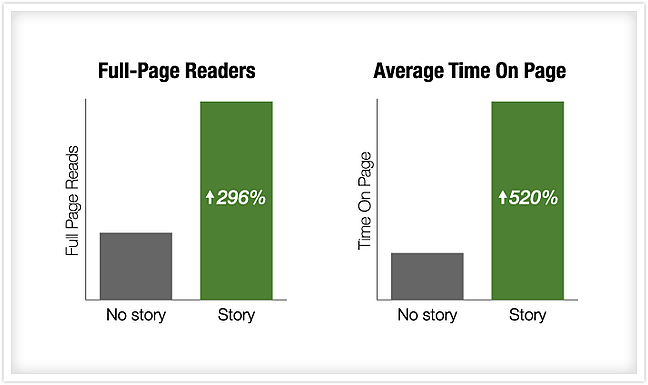
3) Keep it organized.
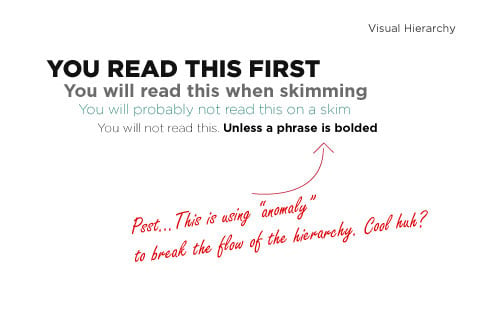
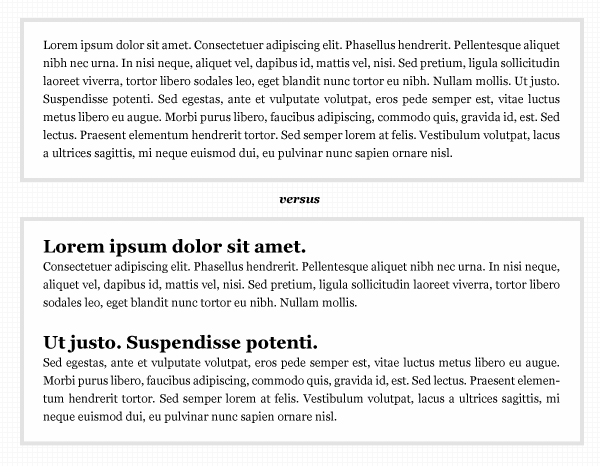
4) Create conceptual hierarchy.
5) Don't worry about length.
Conclusion
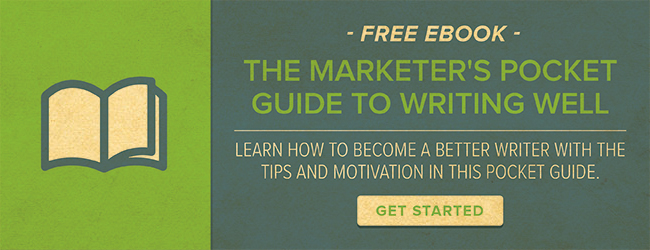
Originally published Aug 26, 2014 8:00:00 AM, updated July 28 2017
How To Add Read More In Oceanwp Blog
Source: https://blog.hubspot.com/marketing/tips-read-entire-blog-post
Posted by: hernandezmakentance.blogspot.com

0 Response to "How To Add Read More In Oceanwp Blog"
Post a Comment